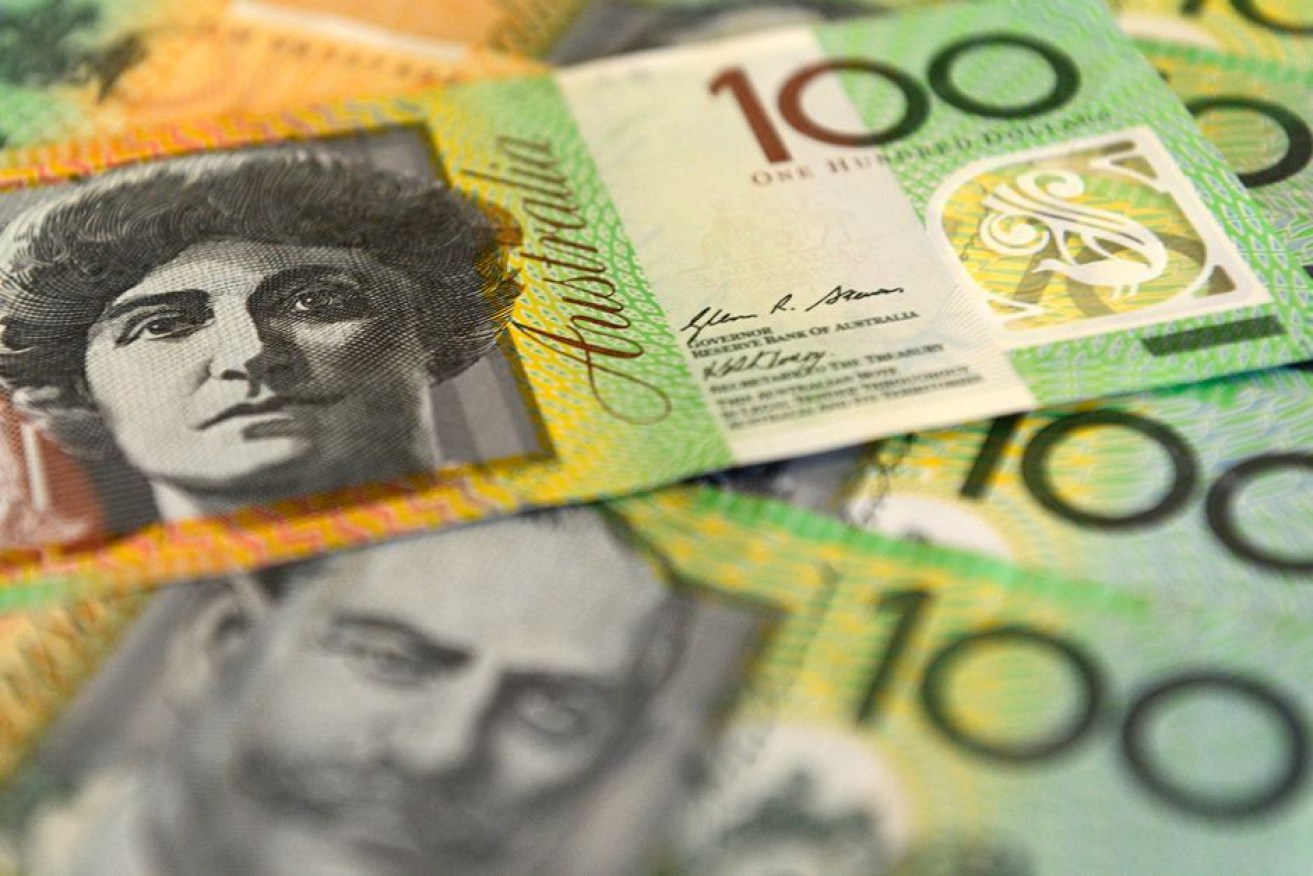What you need to know to stay on top of your credit score

Getting to grips with your credit score could save you thousands every year. Photo: AAP
If you are one of the 73 per cent of Australians who are unaware of their credit score, or are among the 2.7 million too scared to check it, your unawareness and financial fear could be costing you.
What is a credit score?
If you’ve ever applied for credit or loan of some sort, then one of the credit report agencies will have a credit file on you.
As of May 2019, there are four credit report agencies operating in Australia: Experian, Equifax, illion (formerly Dun and Bradstreet) and Tasmanian Collection Service. Based on the credit information on your file, these agencies assign you a credit score.
Depending on the credit report agency, your credit score will be a number between zero and 1200, or zero and 1000. The higher the score, the better – it means you have a demonstrated history of financial responsibility, and are considered less risky than someone with a lower score.
Your score helps lenders assess the risk of lending to you.
What information is on a credit file?
In addition to your personal details, your credit file contains information on the type of credit products you hold or have held in the last 2 years, on the frequency and usual repayment amount, and on whether you make repayments by their due date.
Each time you apply for credit with a credit provider (personal loan or credit card), the credit provider sends the information to one of the credit report agencies. This includes both approved and rejected applications. The information is then placed on your credit file and may be distributed by the credit report agencies when you apply for credit in the future.
What you should do about your credit file
Experts suggest that just like your annual dental check-ups, you should be checking your credit file. Not knowing your credit score means you don’t know what to fix – especially if you have a low score. If so, you could be paying higher fees and interest rates when you could instead have extra cash in your pocket.
A low score also means your application for a home loan may be rejected, or you may have to come up with a 30 per cent deposit instead of the regular 20 per cent. Additionally, the bank may also offer you a higher interest rate on the home loan.
For example, a house you want to purchase costs $585,000 with a monthly repayment of $2657 on a variable interest rate of 3.59 per cent. However, because you have a low credit score, the bank may consider you at a high risk of credit default. As a result, you may only be offered a rate of 4.35 per cent. That means you would be required to pay $2913 a month for a house that a purchaser with a better credit score would only be required to pay $2657 for. That is a difference of $256 a month – money which you could save instead.

1200 is a perfect score. Photo: Getty
Here are some general tips to help you get started:
- Get your credit score and credit report – you have the right to obtain a free copy of your credit report once a year from any of the four credit report agencies. Simply get in touch with one of the agencies and request for a copy of your credit file. It should arrive within 10 working days from the date you request it. Remember: don’t be afraid. Knowing your credit score will give you the peace of mind or wake-up call you need.
- Check your file – once you receive the report, it is important that you check the information in the report and ensure that it is accurate. If you find any inaccurate information, you can request to have it changed. ASIC recommends that you first contact the relevant credit report agency. If you’re unsuccessful, contact the credit provider and ask them to have it fixed. If they don’t fix the problem, you can approach the independent dispute resolutions scheme, the Australian Financial Complaints Authority (AFCA).
- Check your file for high-risk listings — if you have made multiple credit inquiries in a short space of time, have high credit limit credit cards, multiple loan accounts or default listings, consider improving these. A good place to start is your everyday loans – credit cards or personal loans. If you have a high credit card limit and do not use it, consider lowering it. Also, think about consolidating all your loans and credit cards. It will not only help you with repayments but will reduce fees. For example, if you are paying an annual fee of $150 for the three credit cards you own but rarely use, why wouldn’t you cancel at least two of them? That could improve your credit score and instantly save you $300 a year.
- Keep an eye on your credit score — your credit score may change from month to month or whenever your financial circumstances change. You can get your credit score for free by signing up with one of these online providers: Creditsavvy, Credit Simple, Finder, Getcreditscore, and WisrCredit. You should also consider checking your credit score with more than one credit score provider so that you get a reliable measure of your credit rating.
Finally, if you still have any questions, there is plenty to be gleaned from ASIC’s MoneySmart website.
Arthur Marusevich is a Canberra-based lawyer who writes on legal, financial and economic matters








